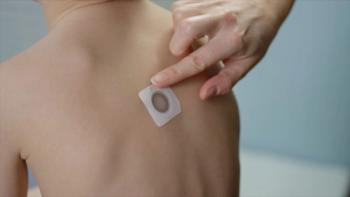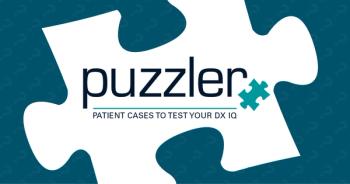
Standard Eye Test for Preschoolers Performs Poorly
The fixation preference test, widely used by eye specialists to test vision in preschoolers, fails to accurately identify interocular differences in visual acuity, according to an article published in the October issue of Ophthalmology, while a related article concludes that the incidence of decreased visual acuity among children aged 30 months through 71 months is very low.
THURSDAY, Oct. 2 (HealthDay News) -- The fixation preference test, widely used by eye specialists to test vision in preschoolers, fails to accurately identify interocular differences in visual acuity, according to an article published in the October issue of Ophthalmology, while a related article concludes that the incidence of decreased visual acuity among children aged 30 months through 71 months is very low.
David S. Friedman, M.D., Ph.D., at Johns Hopkins School of Medicine in Baltimore, and colleagues present the findings of the Baltimore Pediatric Eye Disease Study in two papers, both based on data from 1,714 children who underwent visual acuity testing and were 30 months to 71 months old.
One paper reveals that the rate of decreased visual acuity in both eyes among preschoolers in urban Baltimore is 1.2 percent for whites and 1.8 percent for blacks, falling to 0.5 percent and 1.1 percent, respectively, upon retesting 60 days later with children wearing corrective lenses, where necessary. In the second paper, the authors report that fixed preference testing when used on its own fails to accurately identify preschool children with two lines or more of interocular differences in presenting visual acuity.
"The clinical value of this test was poor in this study," the authors write. "If this experience can be generalized, its use for diagnosis and monitoring interventions should be reconsidered."
Copyright © 2008
Newsletter
Access practical, evidence-based guidance to support better care for our youngest patients. Join our email list for the latest clinical updates.







